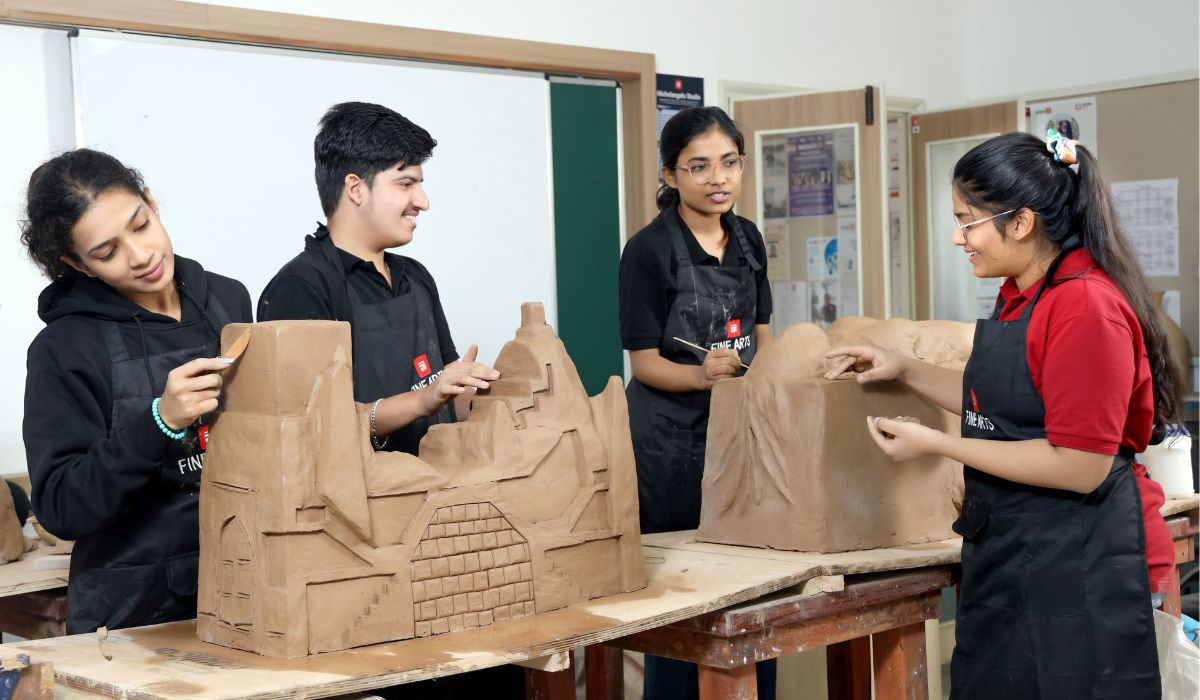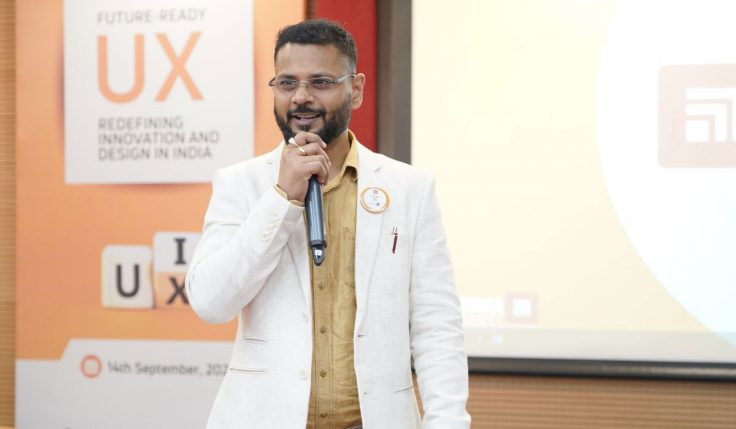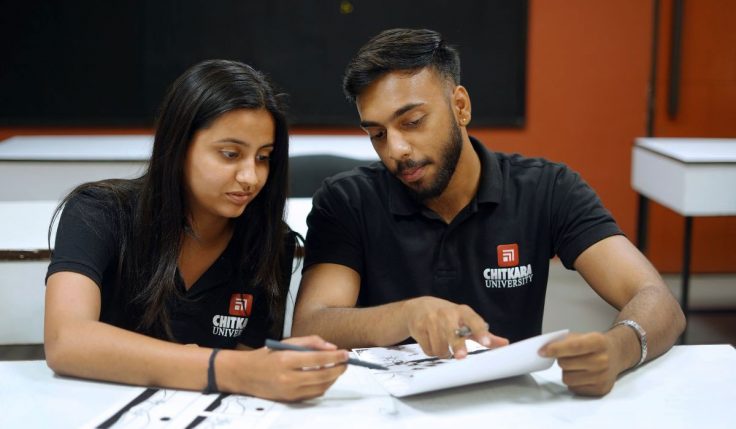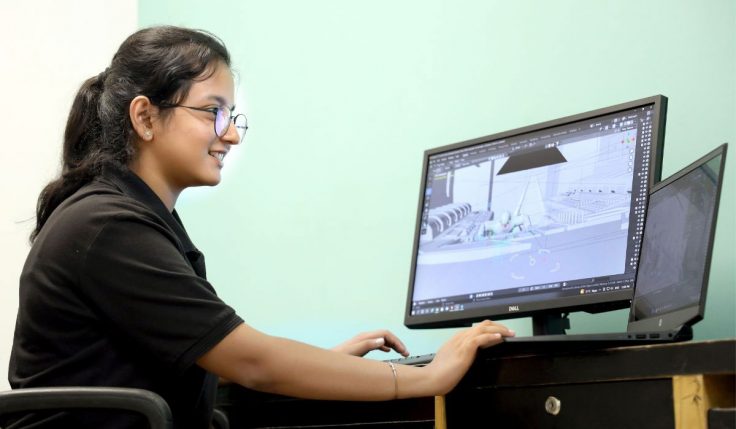In the past few years, fine art has changed quickly, taking on new tools, ideas, and points of view. India, which has a long history of art, is at the head of this change. It will be a unique and exciting place for fine art in the future. Let’s talk about the future of fine art in India. I’ll talk about the trends, opportunities, and issues that lie ahead.
What’s Next for Fine Art? Fine art is a way to show yourself that will always be in style because it speaks to the mind. We always know that artists will keep doing this and pushing the boundaries of what is possible and coming up with new ideas. A lot of this change will likely be caused by technology. Artists will use digital platforms and tools to make new and interesting work.
India has a long and prestigious history of painting, sculpture, and other types of art. This should help the future of fine art in the country. Indian artists will continue to make their mark on the world of art in the years to come. They will use what they know from the past, but they will also be open to new ideas and ways of doing things.
Fine Art schools: Fine art schools in India are also expected to change in the future, with a focus on teamwork and approaches from different fields. Schools that teach fine art will have to change with the times to give their students the skills and information they need to do well in a world that is changing quickly.
Opportunities for Fine Art Students: The future looks bright for Indian students of fine art. There will be more chances for Indian artists to show their work on the foreign stage as the art world becomes more connected. Also, because more and more Indians are interested in art, there will be a greater need for art teachers, artists, and other jobs linked to art.
Things That Could Go Wrong with Fine Art in India: The future of fine art in India could go wrong in a number of ways. For the arts to get more help and money from institutions is one of the biggest problems. A lot of artists have trouble making a living from their work. If they don’t get enough help, India’s fine art scene could be in danger.
To sum up, the future of fine art in India looks bright and full of possibilities. India is ready to make a big difference in the art world thanks to its rich artistic history and lively cultural scene. By being open to new tools and ideas, helping up-and-coming artists, and encouraging a greater respect for the arts, India can continue to be a world leader in fine art creativity and innovation.
There is a lot of different things to learn in Chitkara University’s Fine Arts classes, which helps students be artistic and come up with new ideas. Bachelor of Fine Arts (BFA) programs last four years and teach students a lot about traditional art forms. They also encourage students to try new ones, like video, installation, performance, photography, and digital pictures. On the other hand, the Master of Fine Arts (MFA) school lasts two years and helps students get better at what they do until they are experts in a certain field. Students who want to become artists can be sure that they will get a good education at both schools because they are taught by well-known artists and students.
Chitkara University has a Doctoral program in Art & Design for artists who want to take their jobs even further. This school is for scholars who want to learn more about ideas and ways to do study in their own fields. You can work on it on your own with help from managers who are experts in their fields and have a lot of experience. The school looks at problems in different fields and compares them, which lets students figure out how to solve them in modern art. At the end of the course, students should be able to use what they’ve learned to find new knowledge and solve new study problems.
Also, read this blog post: Exploring the Meaning and Types of Fine Art: A Beginner’s Guide
It’s not enough to just learn theory at Chitkara University; students also get a lot of hands-on experience and learn about the business world. Students learn more about the needs and trends in their field and get hands-on experience in the classroom, at symposiums, and through industry training programs. The university also has a large global partner network that lets students work together on projects like research, teaching, and hands-on training. This makes their learning experience better as a whole. Fine arts graduates from Chitkara University are ready to make important contributions to the field. They can also do well in a wide range of jobs, such as as independent artists and in companies, as well as in museums and as culture organizers.






